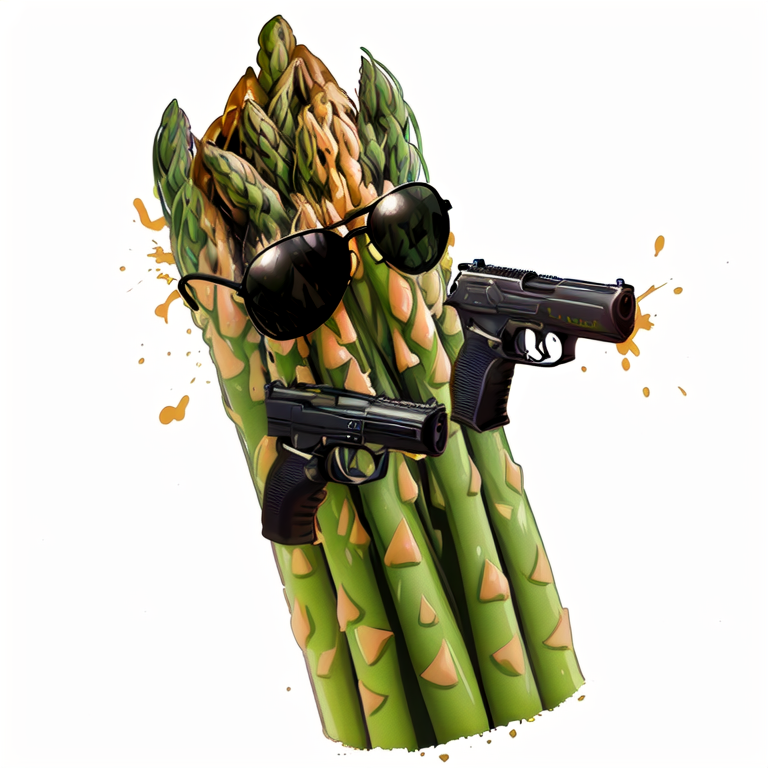
The graphic above summarizes the median 512x512 render speed (batch size 1) for various GPUs. Filtering is for single-GPU systems only, and for GPUs with more than 5 benchmarks only. Data is taken from this database (thank you vladmandic!). Graph is color-coded by manufacturer:
- NVIDIA consumer (lime green)
- NVIDIA workstation (dark green)
- AMD (red)
- Intel (blue), seems there’s not enough data yet
This is an update/prettier visualization from my previous post using today’s data.


I too would be interested to see how that breaks down. I’m sure that interface does have an impact on raw speed, but actually seeing what that looks like in terms of real life impact would be great to know. While I doubt there are many people who are specifically interested in running SD using an external GPU via Thunderbolt or whatever, for the sake of human knowledge it’d be great to know whether that is actually a viable approach.
I’ve always loved that external GPUs exist, even though I’ve never been in a situation where they were a realistic choice for me.